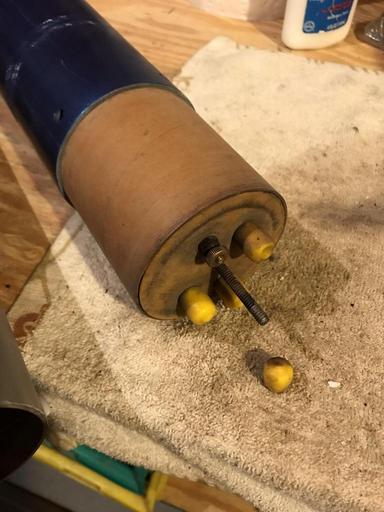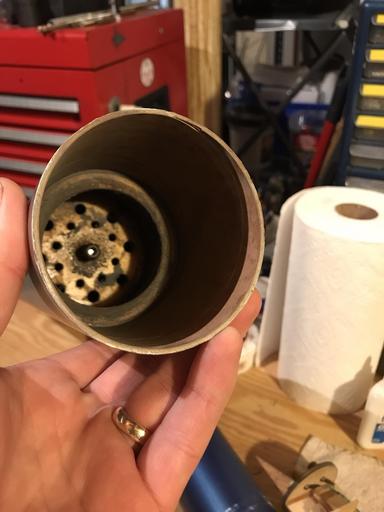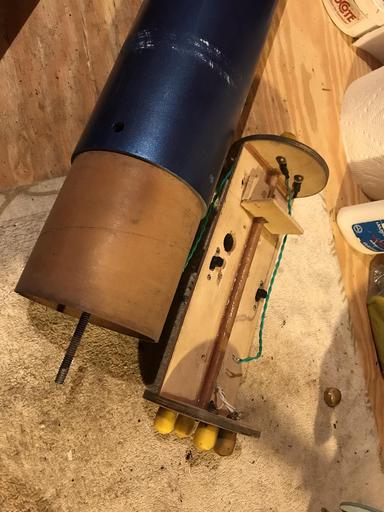- Joined
- May 11, 2021
- Messages
- 660
- Reaction score
- 396
I am looking for some ideas on how to mount switch bands into the payload bay. The conventional wisdom is to put screws through the airframe and coupler to hold it in. I am not a big fan of this since it applies shear to the airframe. I usually mount a centering ring in the payload bay and attach threaded rods to the annulus. I then slide the switch band through the rods and put nuts on it. The upside to my technique is a clean outer airframe and no holes with shear on the airframe. The downside is the need for long rods, sealing around the threaded rods from ejection gases, and it requires a sturdy glue joint for the ring in the payload bay.
Any ideas would be greatly appreciated!
Any ideas would be greatly appreciated!




















